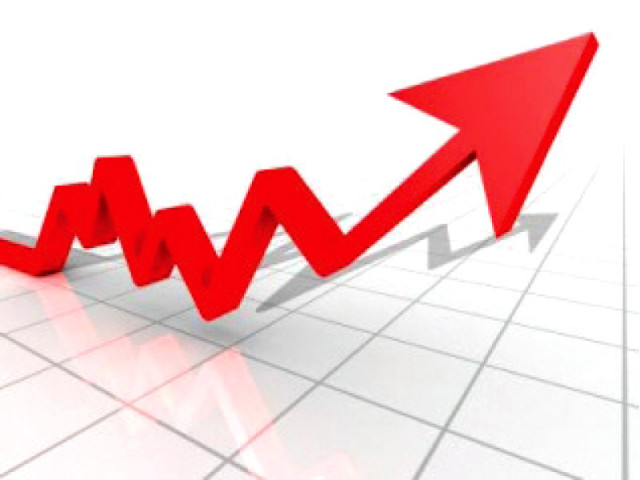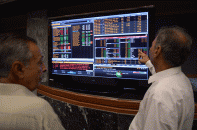Going up: After a brief stability, inflation starts rising
CPI increases 8.5% in March, driven by higher food inflation.

The higher inflation numbers coupled with upcoming rise in utility prices have lessened the prospects of any fiscal stimulus to boost the country’s economic growth. CREATIVE COMMONS
After stabilising for a brief spell, consumer prices on an average rose 8.5% in March compared to the same month a year ago as the government prepared to announce a third phase of increase in gas and electricity tariffs, heightening chances of further tightening of monetary policy.
The Consumer Price Index (CPI)-based inflation increased 8.53% in March, driven by higher prices of food items and reversing a decline over the previous three months, according to figures released by the Pakistan Bureau of Statistics (PBS) on Tuesday.
The higher inflation numbers coupled with upcoming rise in utility prices have lessened the prospects of any fiscal stimulus to boost the country’s economic growth.
The CPI – the main national indicator reflecting the change in prices of a basket of goods and services – had been standing at 7.9% for the past two months because of decrease in prices of perishable food items on the back of improved supplies in the market.

The increase in March was the result of a surge in food prices. Food inflation swelled 9.3% compared to the same month a year ago and 7.6% in February, according to the PBS.
Prices of household kitchen items like tomatoes, potatoes, eggs and fresh fruits rose significantly, with a maximum increase of 93% in potato rates.
“Further adjustments to electricity and gas tariffs as well as levy to support gas infrastructure development are expected to keep inflation elevated over the forecast period,” said the Asian Development Outlook, released by the Asian Development Bank on Tuesday.
In the current financial year, inflation in Pakistan would remain at 9%, said Farzana Noshab, Senior Economic Officer of the ADB.
The uptick in inflation will heighten chances of a further increase in the key policy rate, which the State Bank of Pakistan (SBP) left unchanged at 10% in the monetary policy announcement in March due to reduced price pressures.
Earlier, the SBP had twice revised upward the policy rate in the current fiscal year as agreed with the International Monetary Fund (IMF).
But despite the uptick, the underlying inflationary pressures appear to be easing, as core inflation, which excludes food and energy items, slowed down to 7.6% in March over a year ago.
Price rise in the commodity group of housing, water, electricity, gas and fuel remained stable at 9.2% in March over the corresponding month of last year, according to the PBS. Inflation rate for the group of clothing and footwear stood at 11.7%.
Average inflation in the first nine months (July-March) of the current fiscal year was recorded at 8.7%.
The average figure is below the IMF’s projection. In the second review of Pakistan’s economy under the $6.7 billion loan programme, the IMF kept its inflation projection at 10%.
For the current fiscal year 2013-14, the federal government has set the inflation target at 8%.
Published in The Express Tribune, April 2nd, 2014.
Like Business on Facebook, follow @TribuneBiz on Twitter to stay informed and join in the conversation.



















COMMENTS
Comments are moderated and generally will be posted if they are on-topic and not abusive.
For more information, please see our Comments FAQ